Which Pasta is Best for Weight Loss?
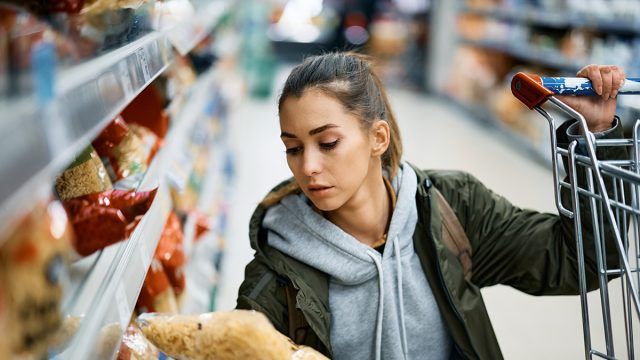
While it tastes great, white pasta is high in carbs and low in nutritional value. So, when it comes time to lose weight, traditional pasta is usually one of the first things that nutritionists recommend cutting from your diet. However, many weight loss warriors and health experts swear by pasta made of different ingredients, including whole wheat, chickpea, and brown rice. Which is the healthiest of them all, especially when it comes to weight loss? Body Network enlisted the help of Kaytee Hadley, MS, RDN, IFMCP, CPT functional medicine dietitian, and founder of Holistic Health and Wellness, to answer the burning question.
You Can Eat White Pasta and Lose Weight
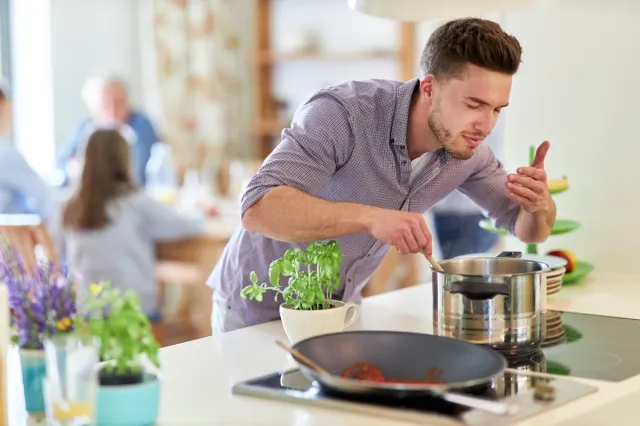
First off, "you absolutely can lose weight eating pasta," says Hadley. "Maintaining a calorie deficit is the most important thing for weight loss, so as long as your portions are moderate and ingredients nourishing, add that pasta to your bowl."
Related: Foods to Eat and Those to Avoid for Muscle Gains
However, Opting for a More Fiber and Protein-Packed Pasta Will Keep You Satiated
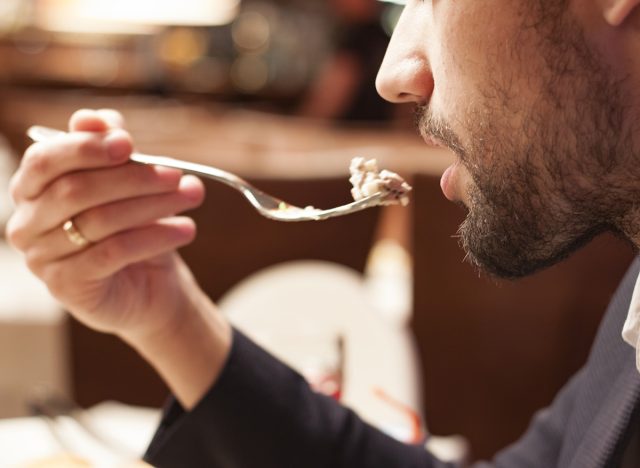
However, "opting for pasta with more fiber and/or protein like those made from whole wheat, chickpea, or brown rice flour will also help keep you feeling satisfied for longer so that you're not depriving yourself," she says.
Whole Wheat Pasta: Pros and Cons
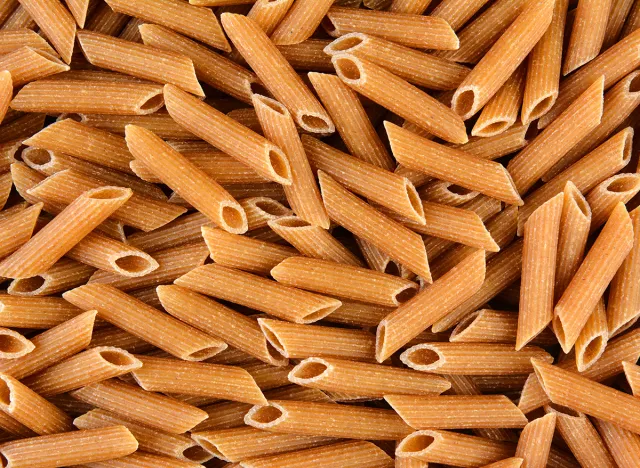
Higher in fiber than the classic white option, whole wheat pasta "will keep you satiated and is full of vitamins, minerals, and antioxidants," says Kaytee. However, it can taste "a bit nuttier than you might be used to and whether you like that or not is just personal preference," she adds.
Chickpea Pasta: Pros and Cons
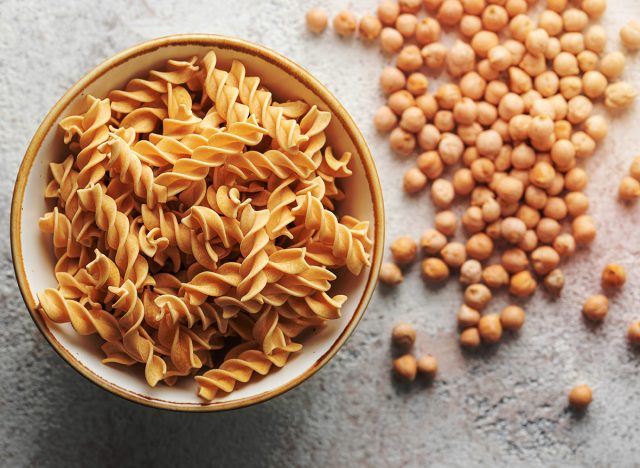
Chickpeas are "nutritional powerhouses," maintains Kaytee. "Chickpeas make an excellent pasta option to help meet your protein goals and fill you up with fiber." Plus these noodles are often lower in calories than whole wheat or white pasta. "The only downsides here are that chickpea pasta needs to be monitored during its cooking time to get the right consistency," she says. Also, "it's usually a bit pricier than the other options."
Brown Rice Pasta: Pros and Cons
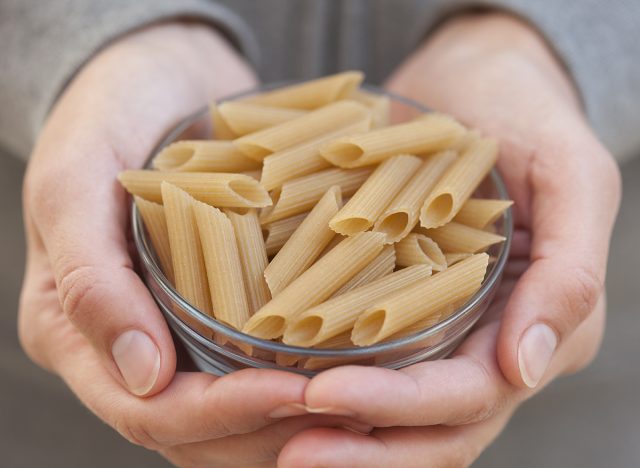
Brown rice pasta provides fiber, nutrients, "and is an excellent option for those wanting a gluten-free noodle without compromising flavor," she says. "In terms of nutritional value, it doesn't provide much protein and its fiber intake is more modest than whole wheat or chickpea pasta."
Related: I'm a Dietitian and Here's #1 Trick That Helped Me to Lose 100 Pounds
The Weight Loss Winner: Chickpea Pasta
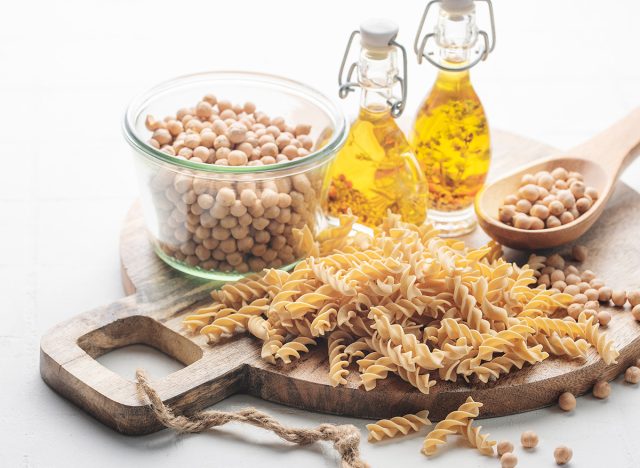
The best bang for your buck when it comes to weight loss is chickpea pasta, according to Kaytee. "With twice as much fiber and protein, you'll be able to stay satisfied with your meal and consume fewer calories than the other pasta options, helping you to achieve your weight goals," she says.
💪🔥Body Booster: Swap out your white pasta recipe with chickpea pasta and instantly amp up your protein and fiber intake.




